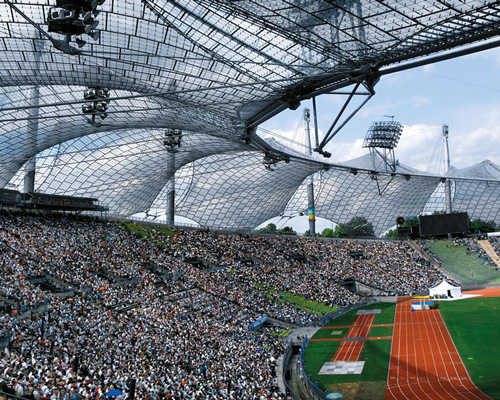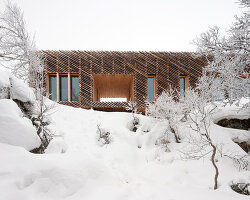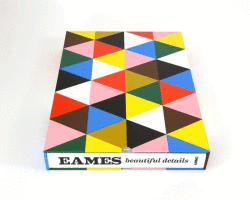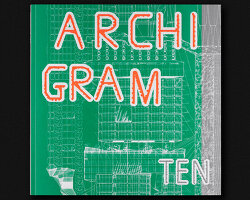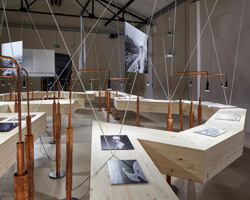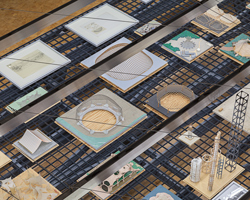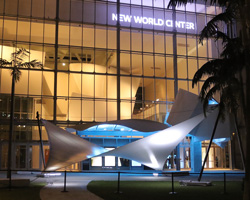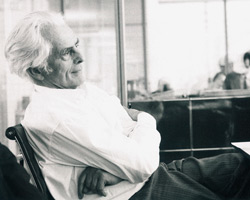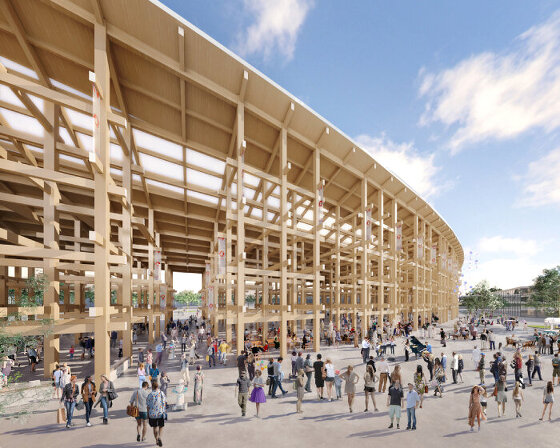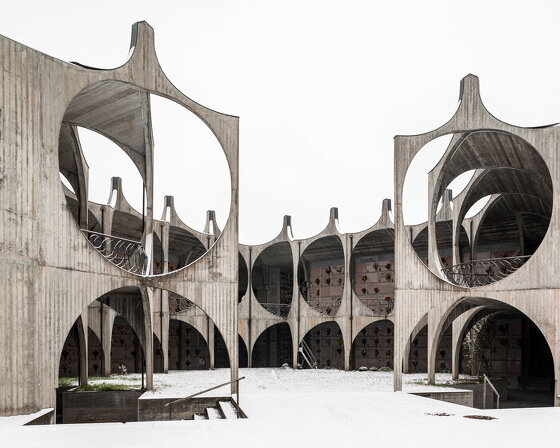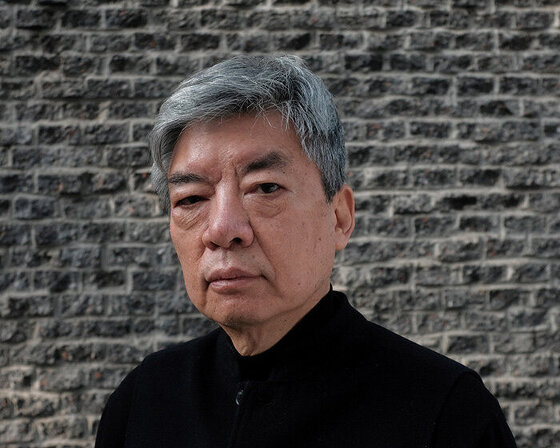frei otto: a life of research, construction and inspiration
image © jan cremers
frei otto: a life of research, construction and inspiration
authors: irene meissner, eberhard möller
editor: cornelia hellstern
graphic design: heinz hiltbrunner, cornelia hellstern, munich
publisher: detail
year: 2015
format: 190 x 235 mm
features: hardcover, 128 pages, illustrated in color
language: english and german
ISBN: 978-3-95553-252-9
________________________________________________________________________________________
designboom rating: ![]()
![]()
![]()
![]() (excellent, recommended)
(excellent, recommended)
________________________________________________________________________________________
zaha hadid termed his work ‘uplifting and inventive’; shigeru ban praised what he considers to be the ‘grammar of structural design’; while norman foster simply called him an ‘inspiration’. since frei otto‘s passing earlier this year, there has been a global outpouring of tributes to a man who sought to redefine the very limits of architecture.
quite simply, no other architect provided as many decisive ideas to construction in the second half of the 20th century as frei otto. through the exploration of energy-efficient building techniques, otto’s work considered environmental strategies long before these issues caught the attention of the wider public. furthermore, by including users in the construction process, and taking into account local and climatic conditions, he was able to open new avenues for the broader building industry.
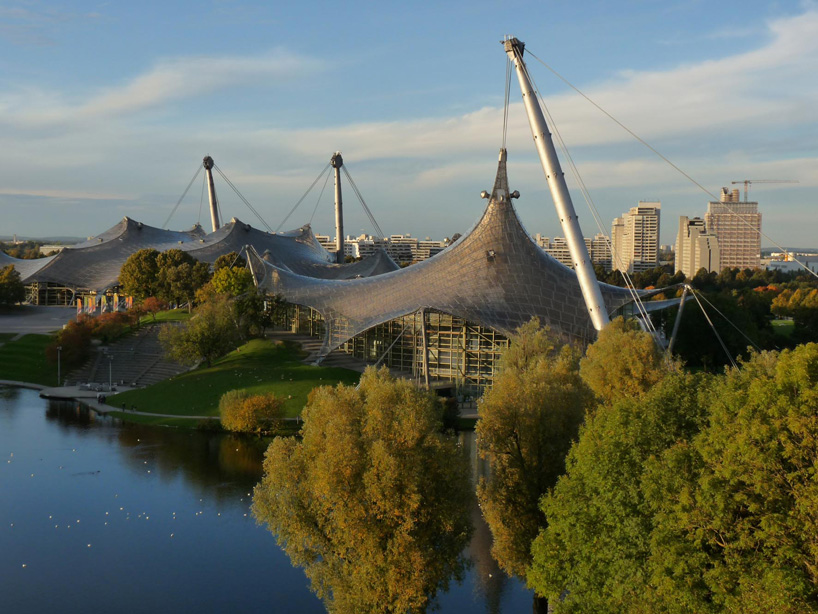
munich’s olympic stadium
image © cornelia hellstern
titled ‘frei otto: a life of research, construction and inspiration’, a new book from detail provides insights on important aspects of otto’s work – which at its heart, was a continual search for natural designs through an exploration of form-finding. consequently, his work incorporated a range of ideas using membranes, gridshells, and pneumatic structures.
as well as presenting frei otto’s distinctive designs, the book also refers to particular modern day examples, which continue to reference the german architect’s legacy. for example, otto often used branching structures to bundle distributed loads. this method was used for a government center in riyadh in the 1970s, as well as his design for a trade fair hall in frankfurt. alongside these precedent studies, the book cites more recent versions by architects such as norman foster and santiago calatrava.
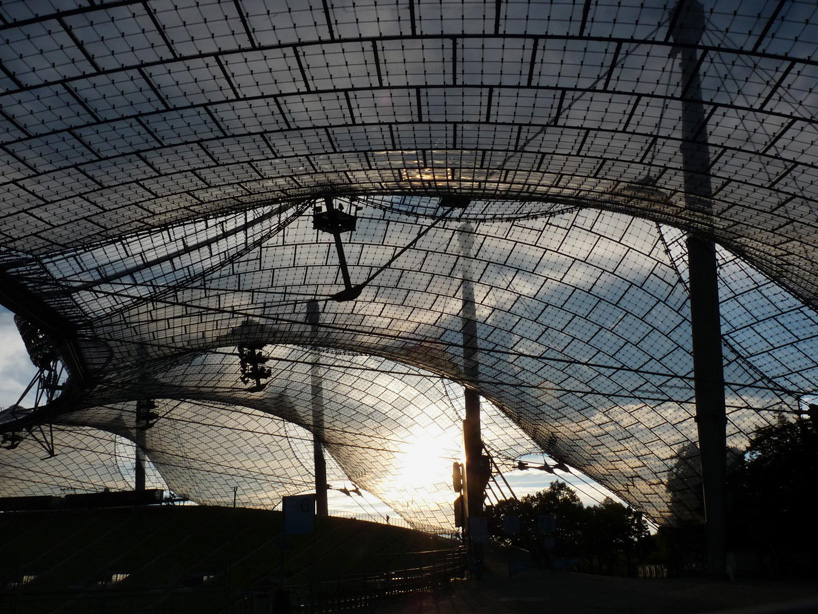
the olympiastadion was completed in 1972
image © cornelia hellstern
across 128 illustrated pages, the publication explores a wealth of otto’s projects – some instantly recognizable, and some perhaps deserving of more attention. through organizing his work into different categories, the publication makes otto’s portfolio both comprehensible and accessible. as well as providing an encyclopedic overview of otto’s practice, perhaps more importantly, the book highlights the lasting effects of his architecture through the work of his present day counterparts. a true celebration of the architect’s career, the book serves as a vital resource for anyone interested in the work of the late, great frei otto.
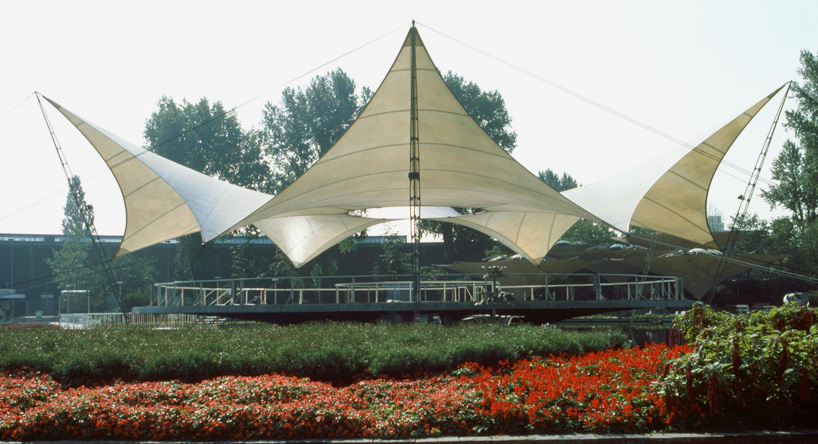
dance pavilion for the federal garden exhibition 1957
image © atelier frei otto warmbronn
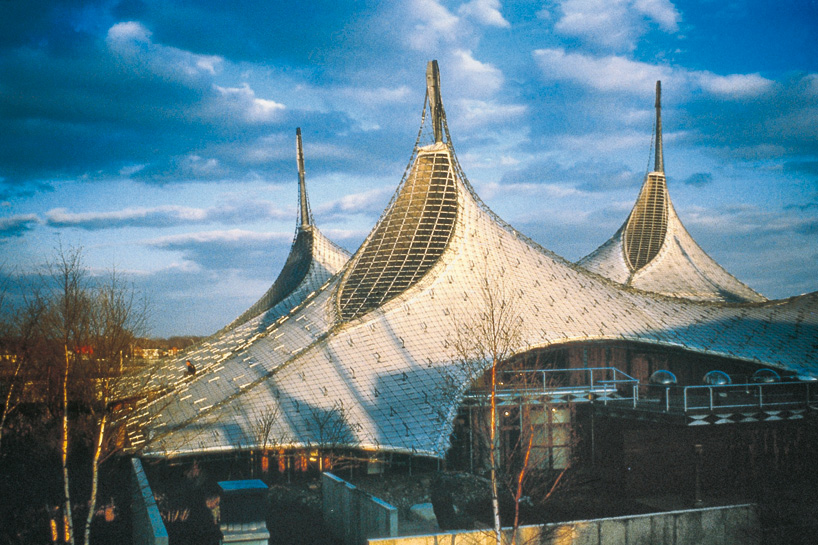
the germany pavilion at montreal’s expo 67
image © atelier frei otto warmbronn
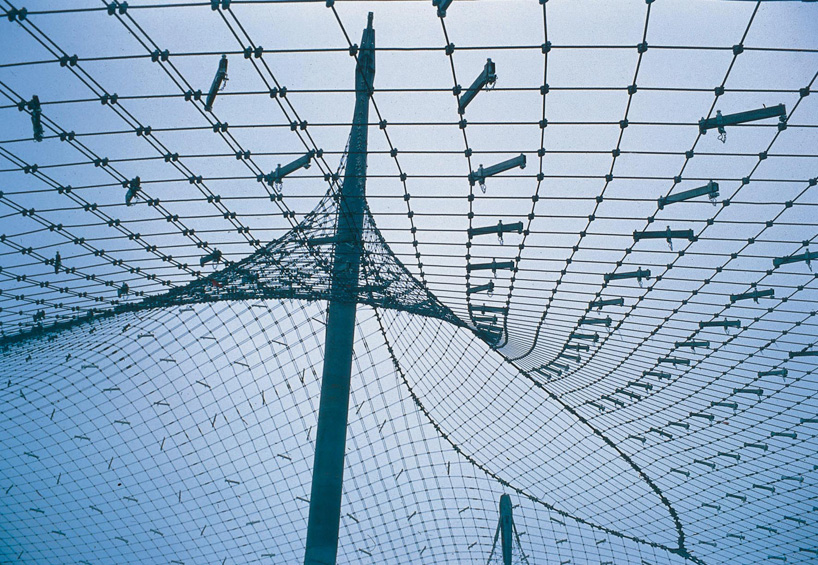
detail of the cable network
image © atelier frei otto warmbronn
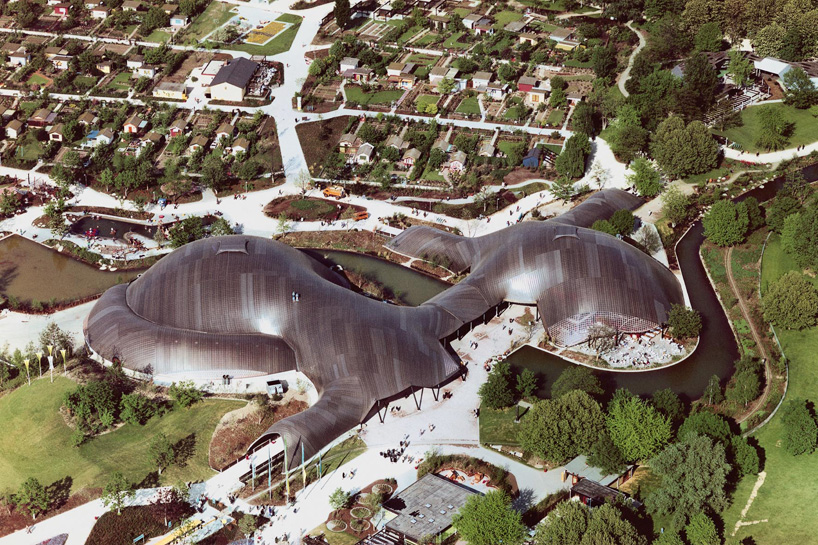
roof for the multihalle in mannheim
image © atelier frei otto warmbronn
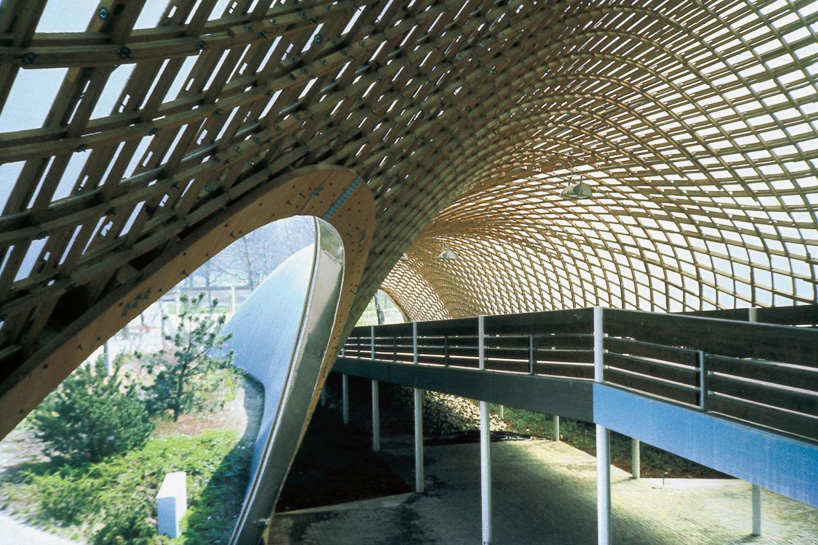
the gridshell roof was completed in 1975
image © atelier frei otto warmbronn
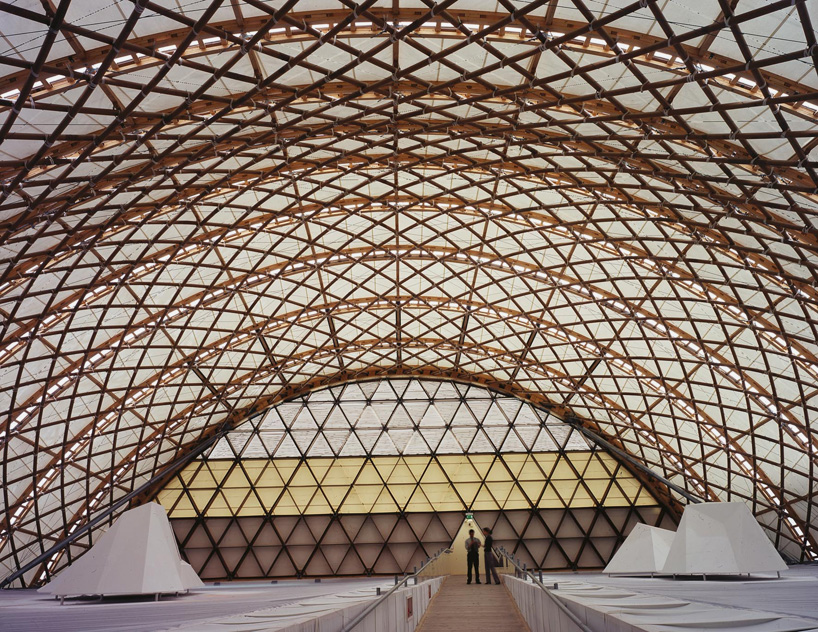
the japan pavilion at hannover’s expo 200 was designed in collaboration with shigeru ban
image © buro happold
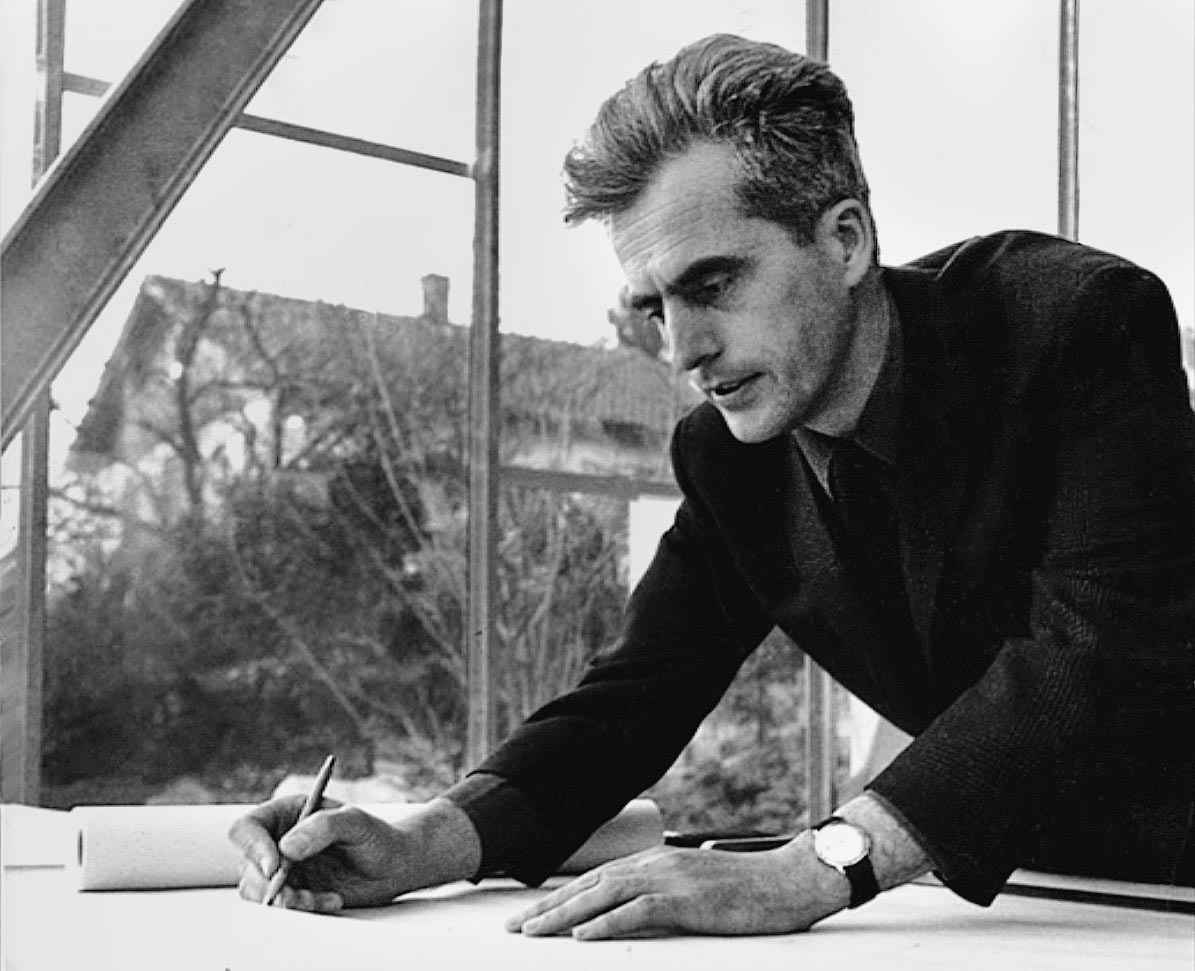
frei otto sketching in his studio circa 1970
image © atelier frei otto warmbronn
